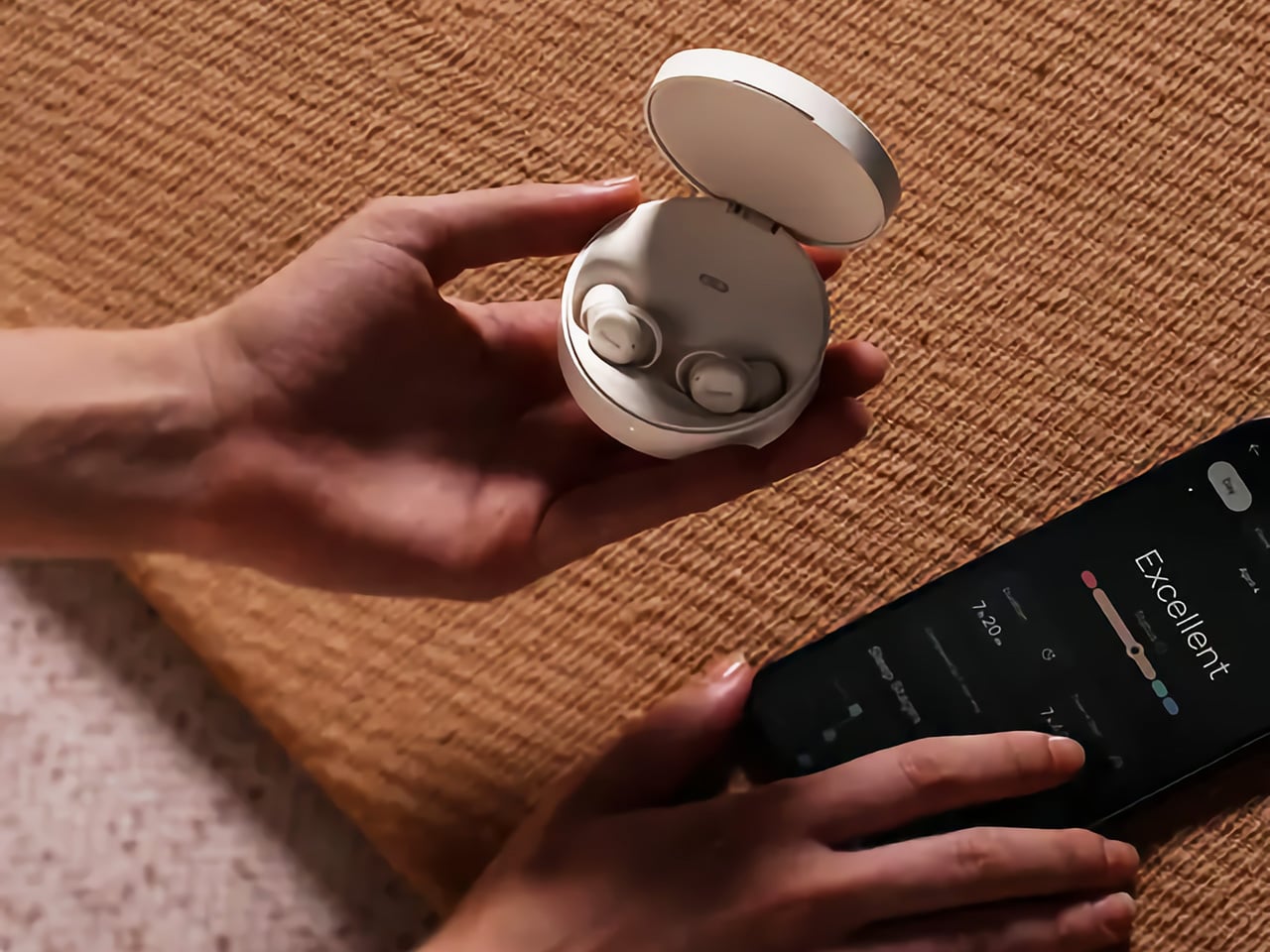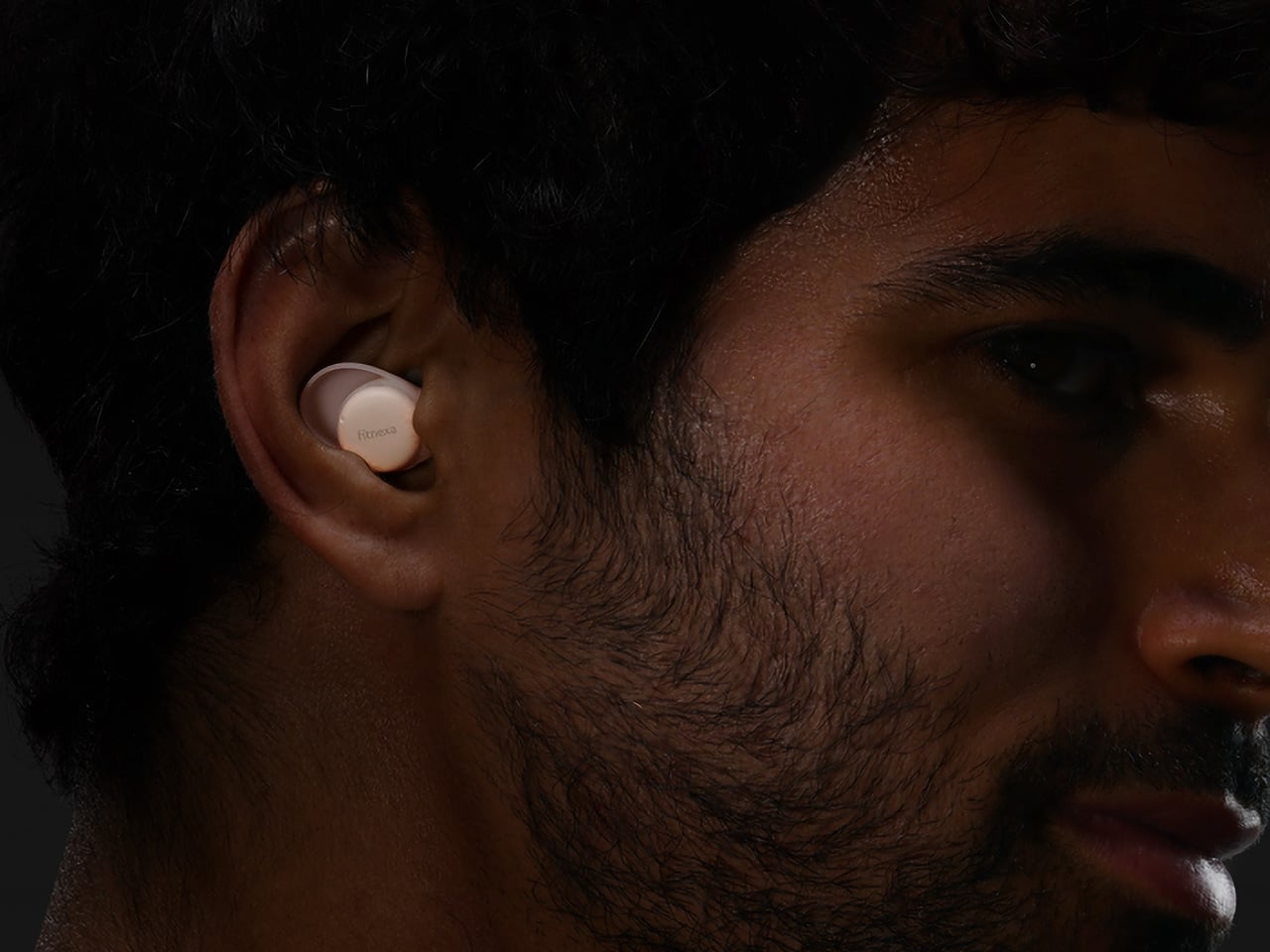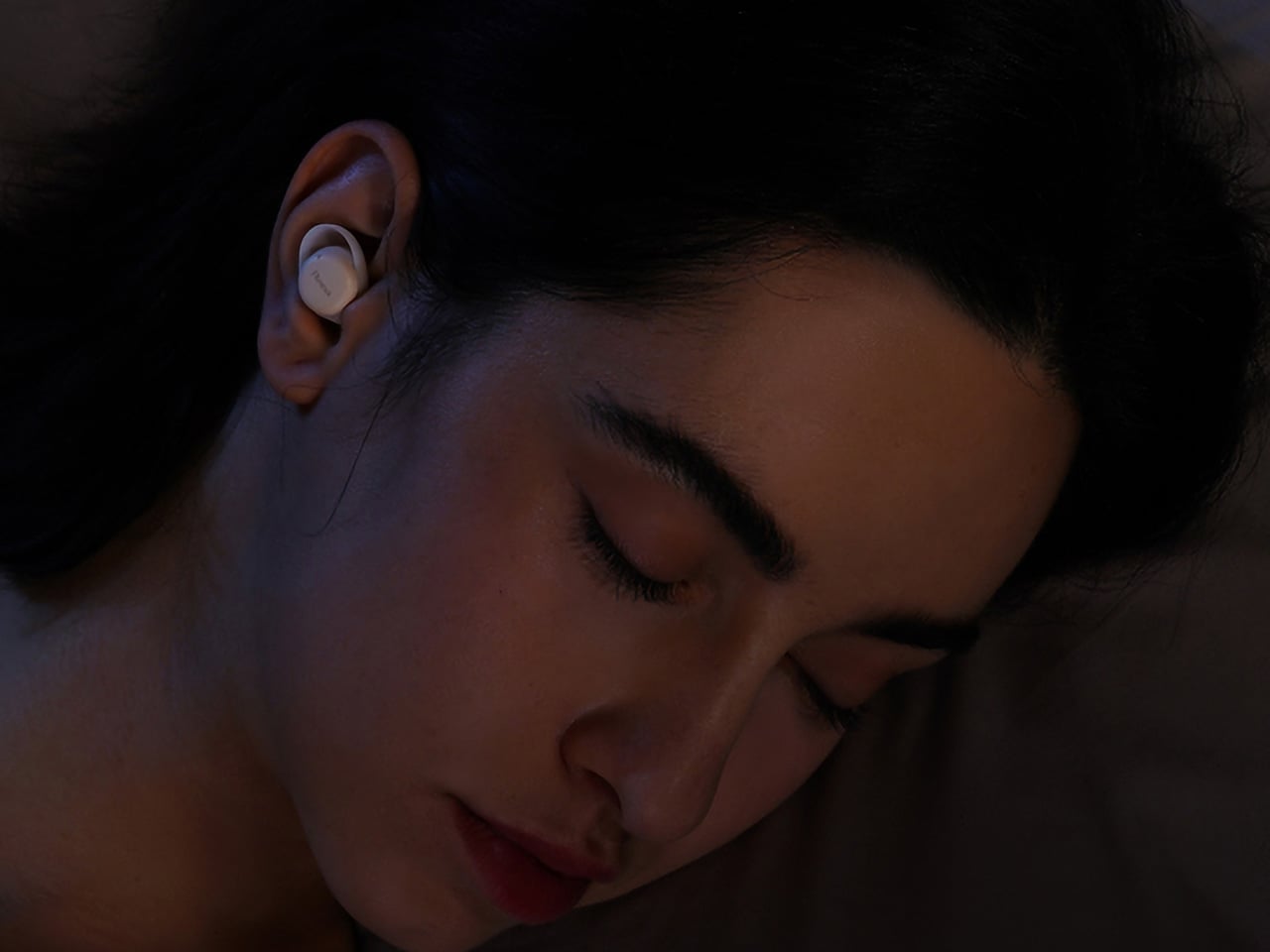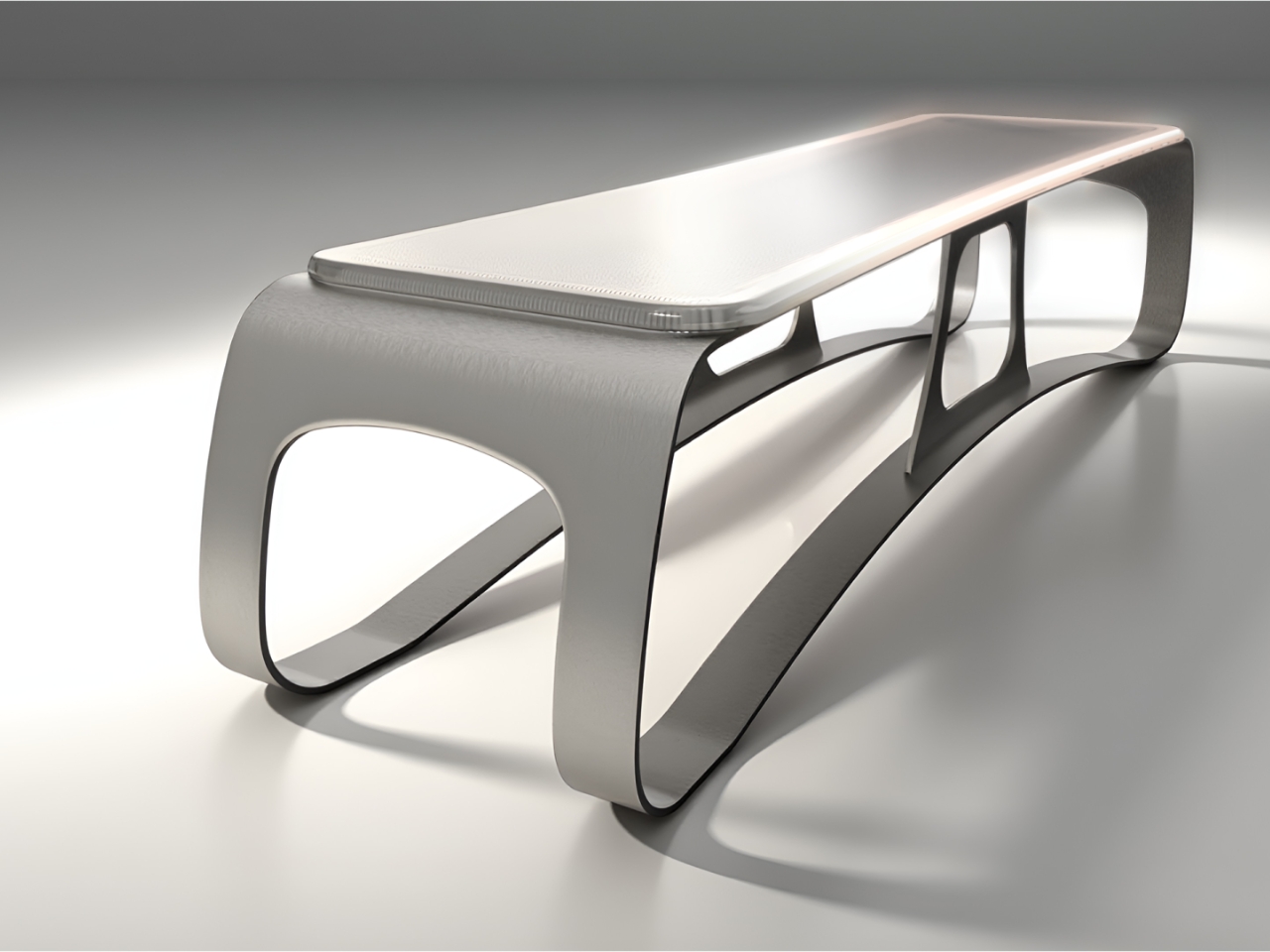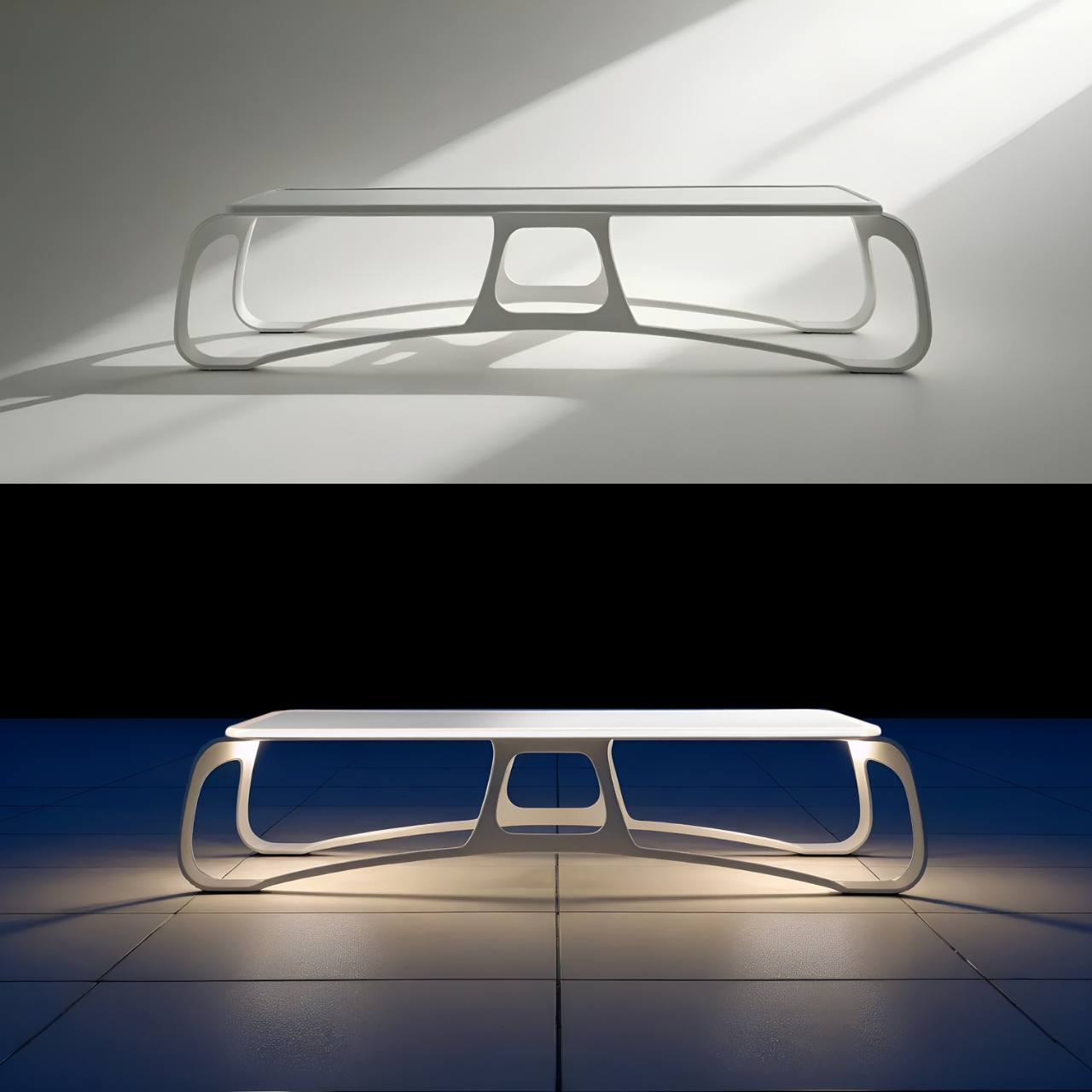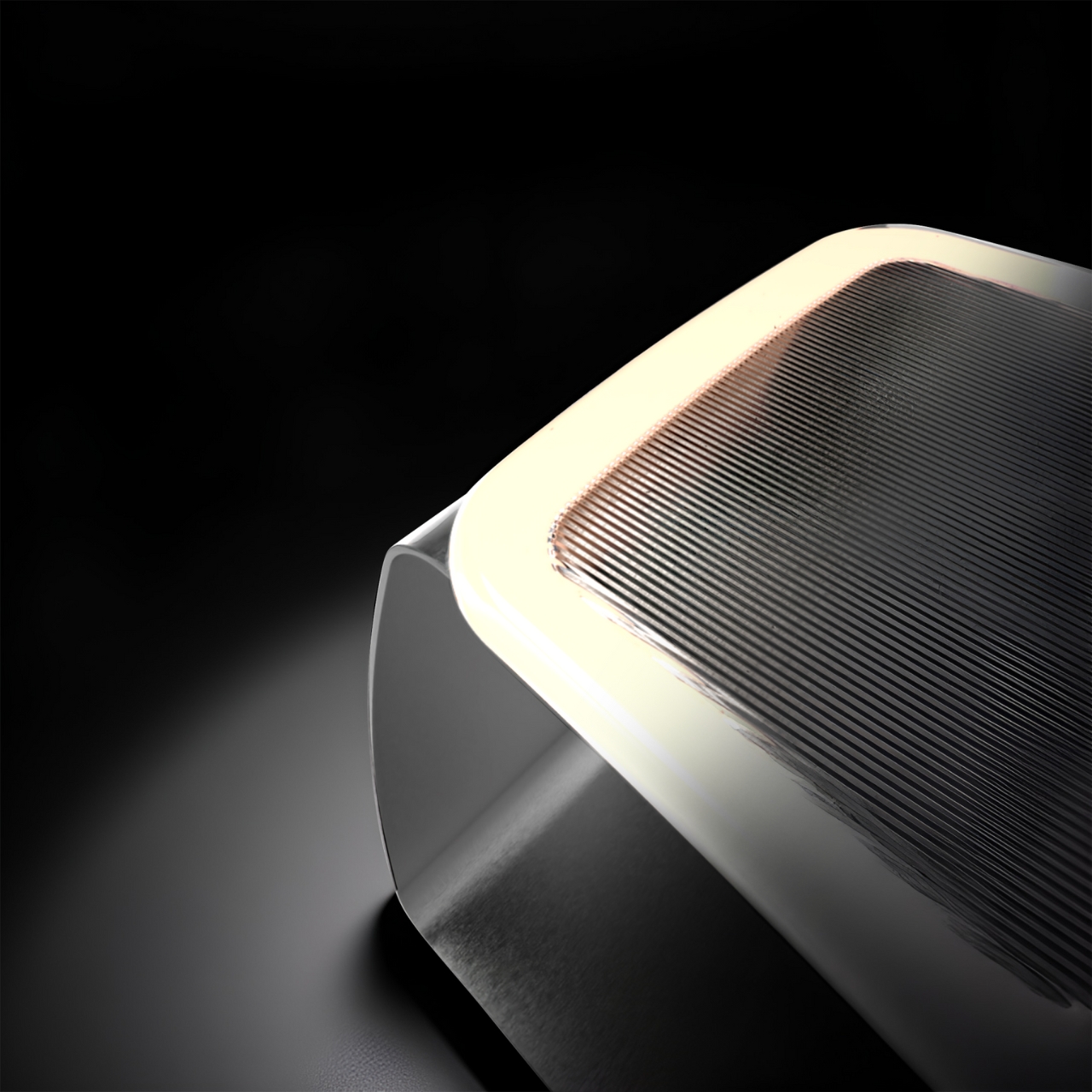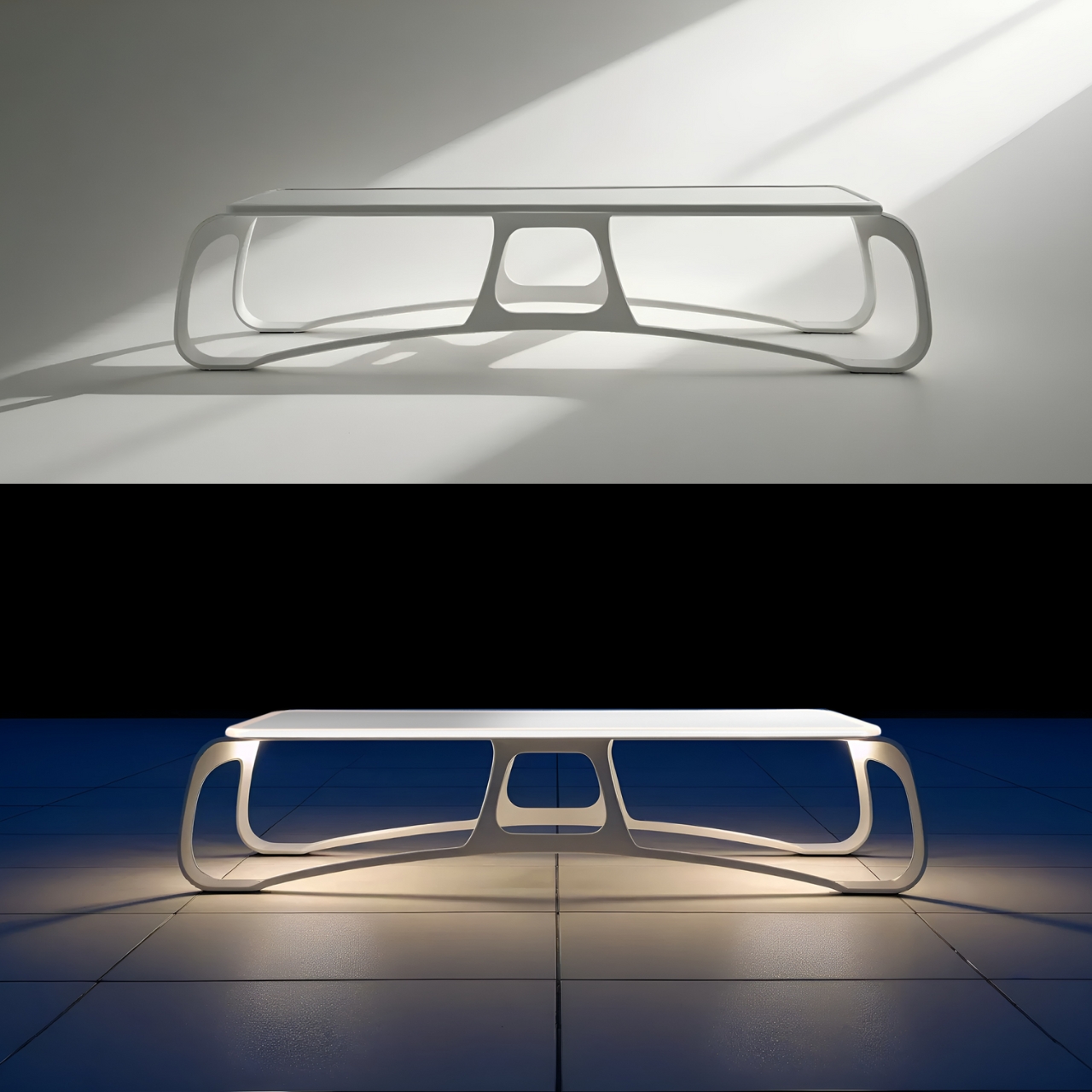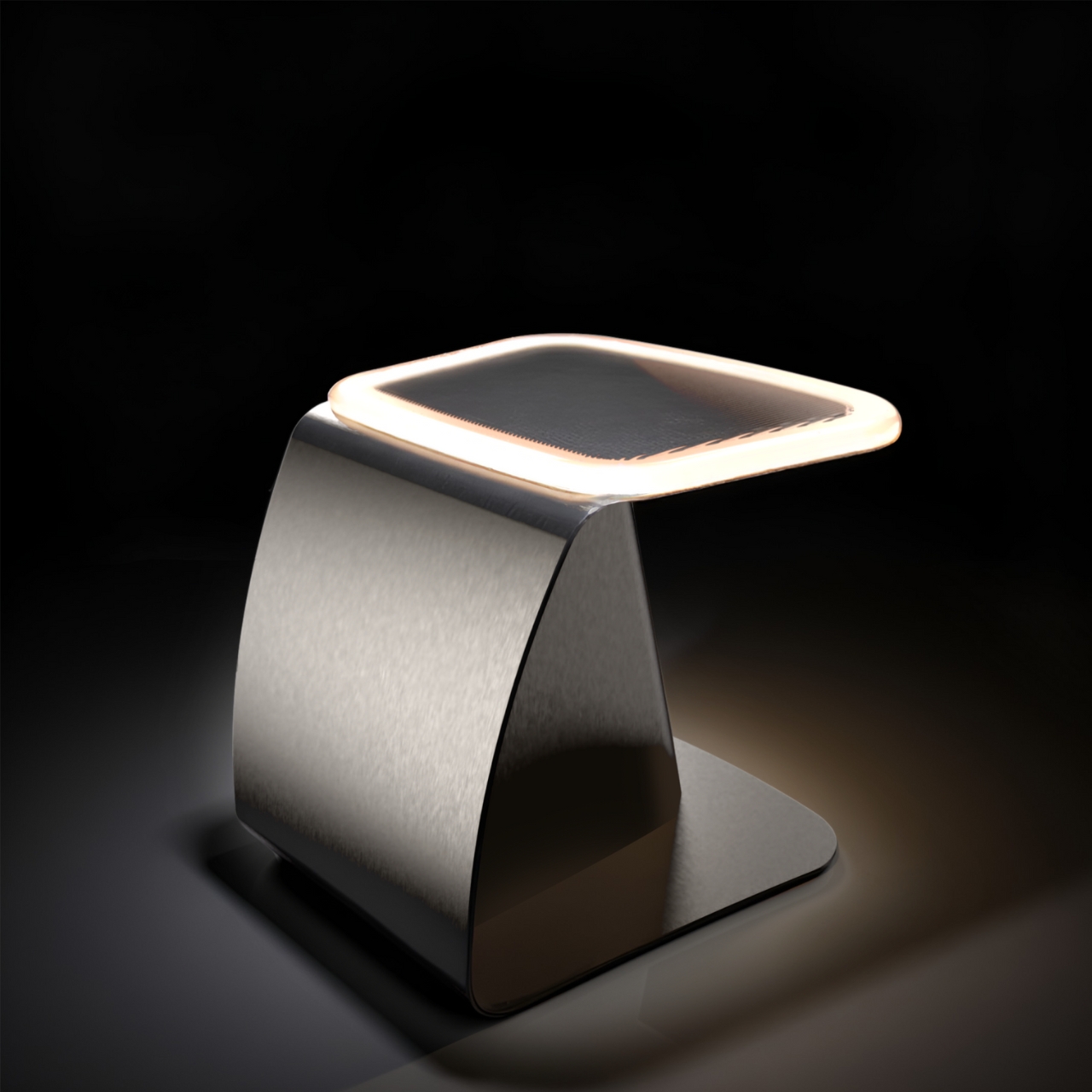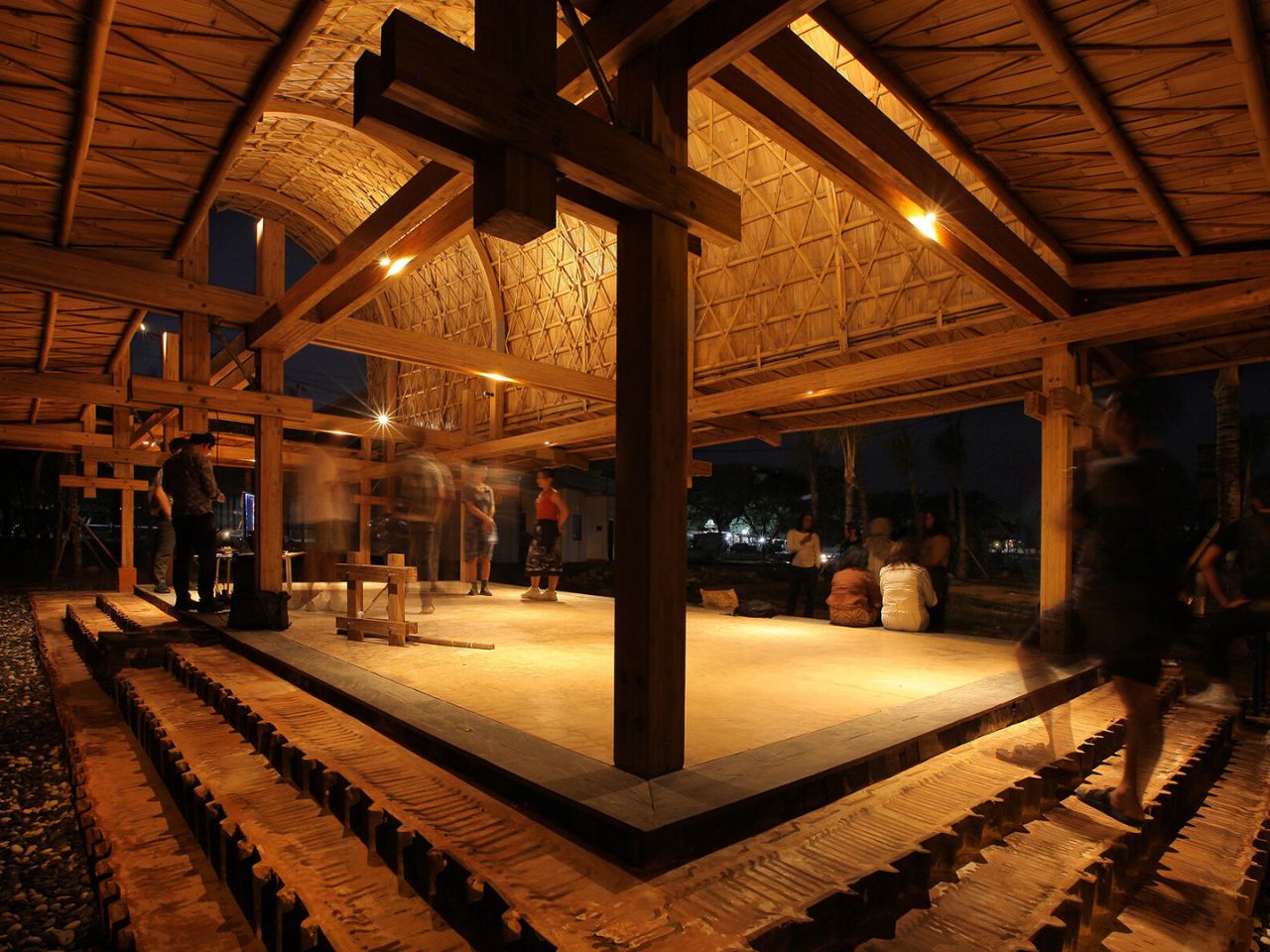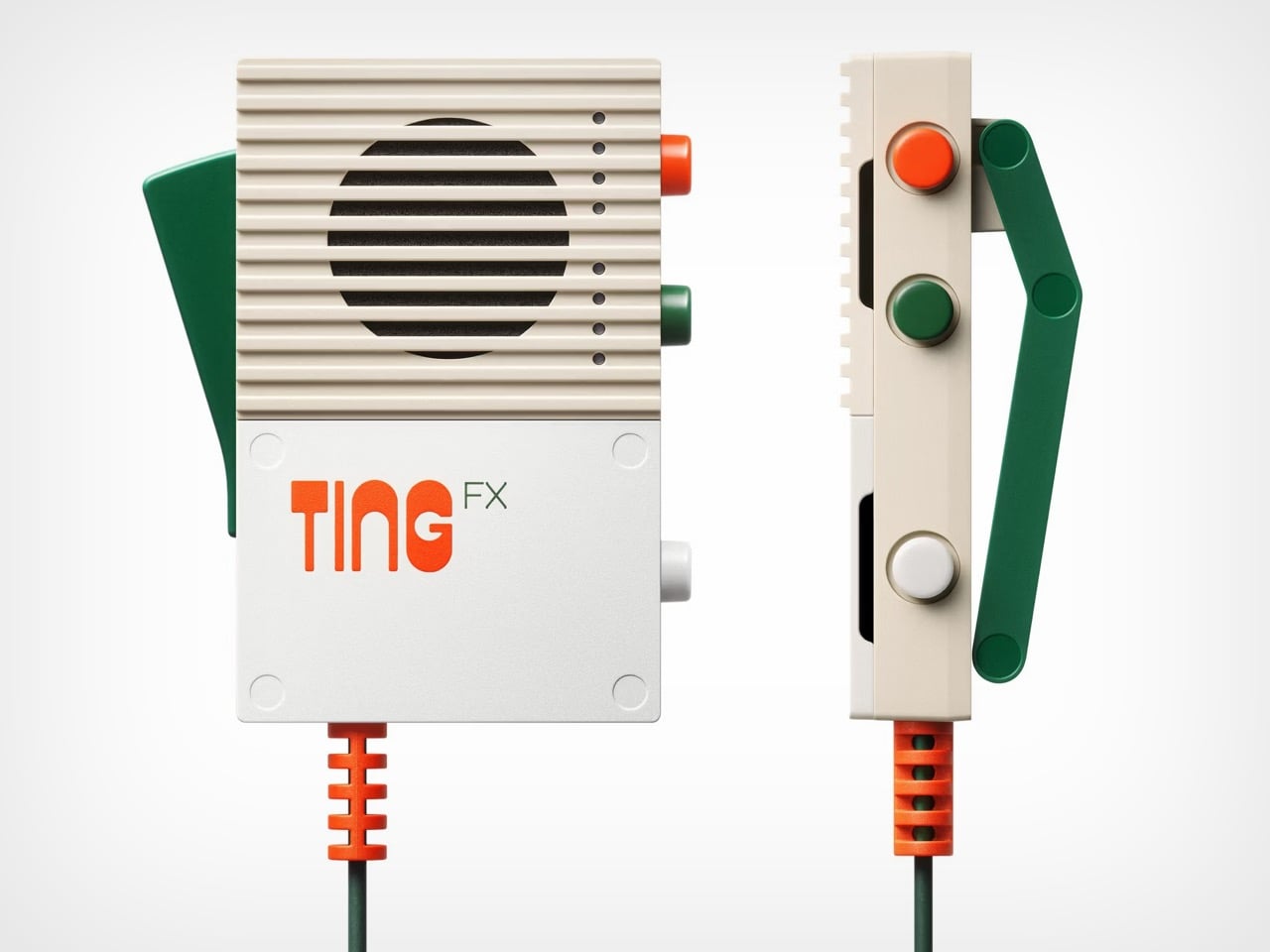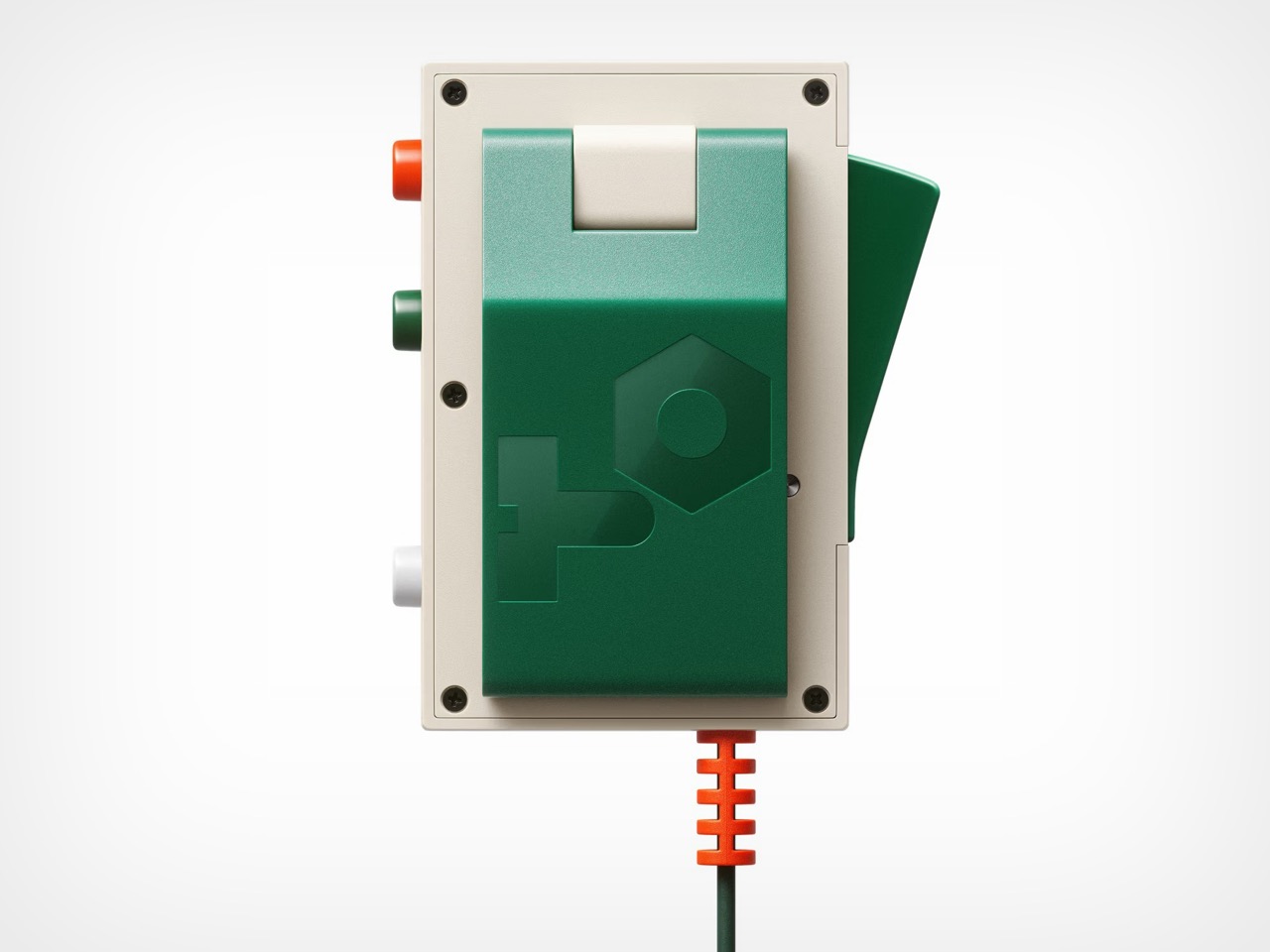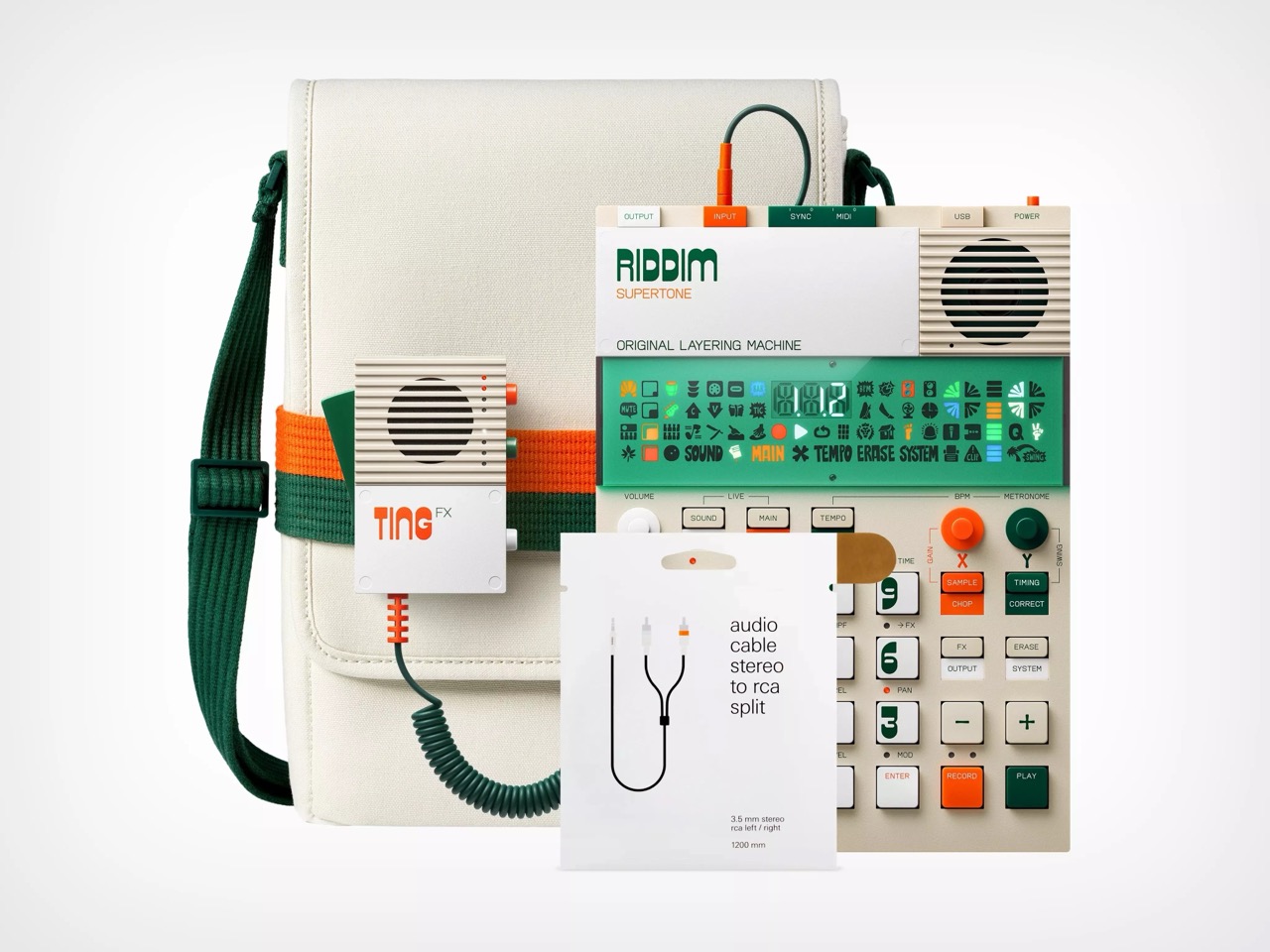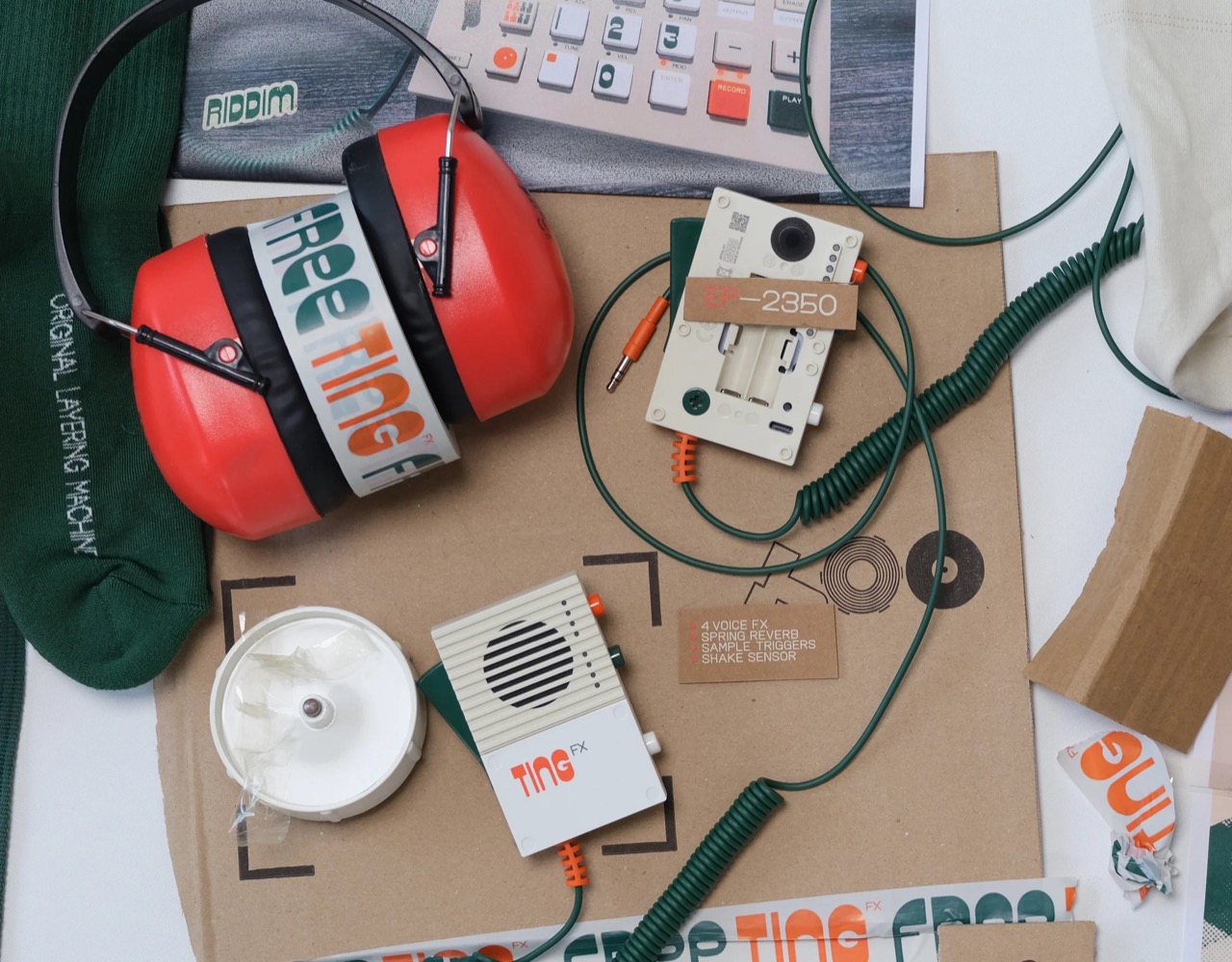
Capturing a sudden idea while walking used to mean pulling out your phone or awkwardly talking into earbuds. The Stream Ring from Sandbar offers a more discreet solution: a voice-activated smart ring worn on your index finger that records thoughts with a simple touch. Announced on November 5, 2025, the device combines voice recording, AI transcription, and music control in a form factor designed to disappear into your daily routine.
Designer: SandBar
Sandbar, a New York City-based interface company founded by former Meta employees Mina Fahmi and Kirak Hong, positions the Stream Ring as what they call “a mouse for voice.” Both founders previously worked at CTRL-Labs, a neural interface startup Meta acquired in 2019, and bring additional experience from Kernel, Magic Leap, and Google. Their latest venture has already raised $13 million from True Ventures, Upfront Ventures, and Betaworks.
Voice Recording Designed for Privacy
The Stream Ring’s microphone only activates when you press the touchpad on its surface. This privacy-first design means the device is never passively listening, addressing one of the main concerns people have with always-on voice assistants.
The ring provides haptic feedback to confirm when it’s recording, giving you tactile reassurance that the microphone is active. According to Sandbar, the whisper-sensitive microphone works in various acoustic environments, from quiet rooms to busy streets. The device can record locally without a mobile connection, storing your voice notes until you sync with the iOS app.
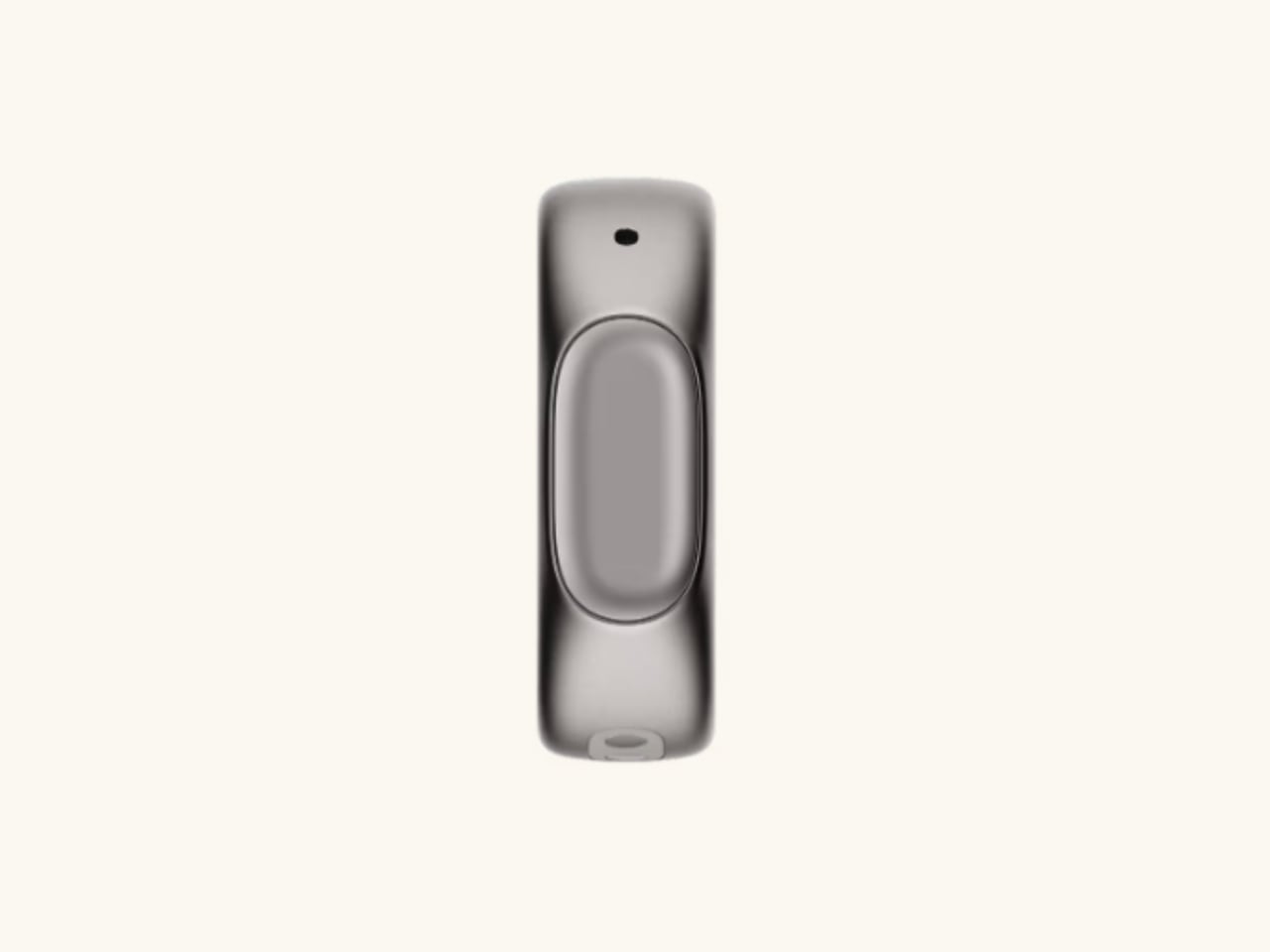
Once connected, the app provides real-time AI transcription, converting your voice recordings into searchable text. This offline capability means you can capture thoughts even when your phone is out of reach or turned off, making the ring genuinely useful for those moments when ideas strike at inconvenient times. Beyond basic transcription, the Stream Ring includes what Sandbar calls “Inner Voice AI.” This feature aims to create a personalized AI that mimics your own voice and cadence, turning the interaction into something that feels more like thinking out loud than talking to a chatbot. The system automatically organizes and edits your notes, handling the organizational work in the background while you focus on developing ideas.

Dual Functionality: Voice and Music
While voice recording is the primary function, the Stream Ring doubles as a music controller. A single tap plays or pauses your audio, a double tap skips to the next track, and swiping adjusts volume. These controls work with Spotify, Apple Music, podcast apps, and any connected headphones, giving you quick access to playback functions without reaching for your phone.
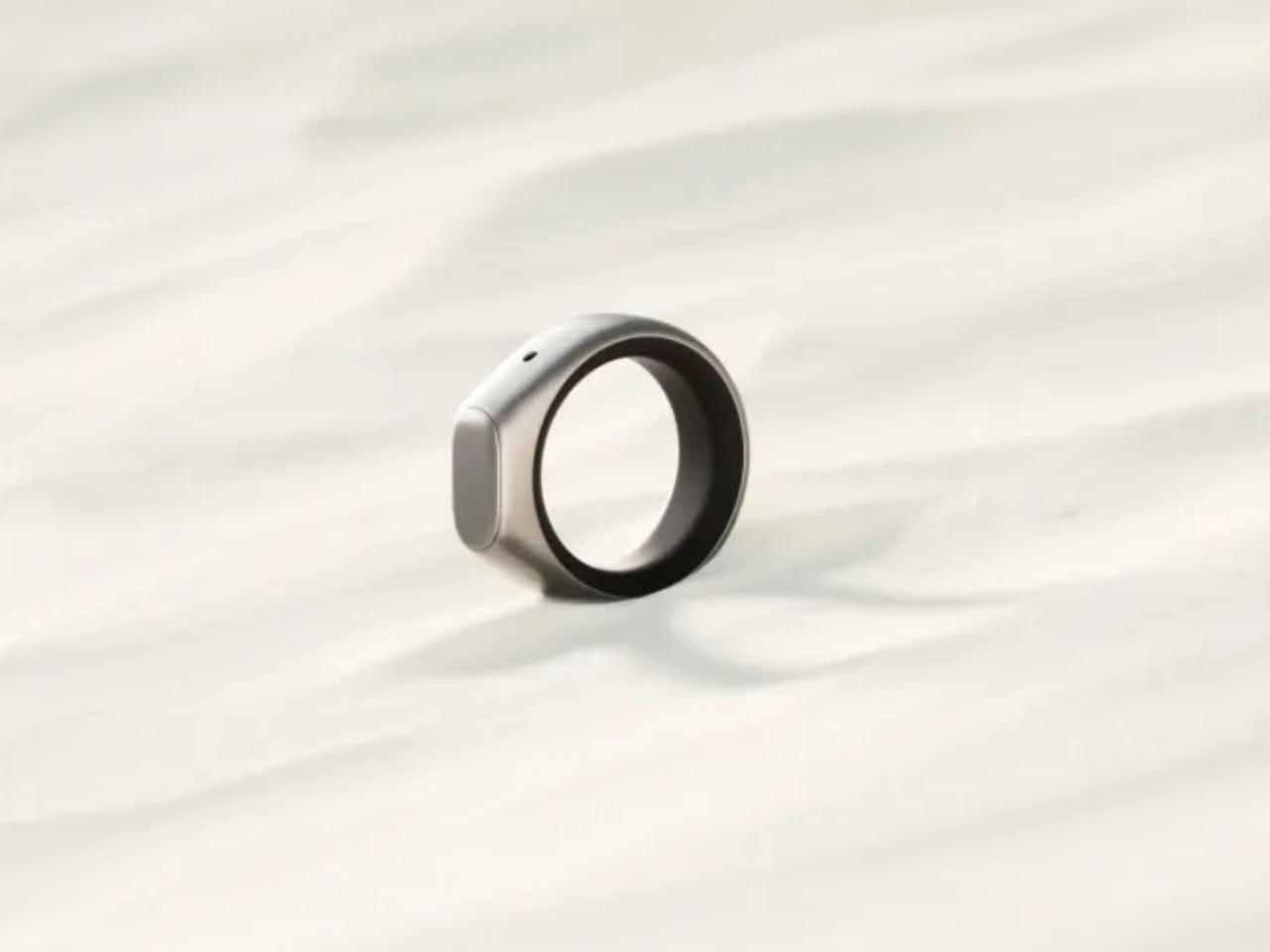
The inclusion of music controls serves a practical purpose beyond convenience. Even if Sandbar’s AI services were to shut down in the future, the Stream Ring would still function as a media controller, ensuring the hardware retains value independent of the company’s ongoing software support.
Aluminum, Glass, and Resin Construction
The Stream Ring features an aluminum exterior available in silver or gold finishes, with a black resin interior and a glass touchpad. Sandbar designed it to be worn on the index finger of your dominant hand, where the touchpad remains easily accessible for quick activation.
The ring comes in sizes 5 through 13, and every preorder includes a free sizing kit to help you find the right fit before the final product ships. The device is splash-proof, meaning it can handle rain and handwashing, but Sandbar explicitly notes it’s not designed for swimming. Battery life is rated for all-day use, and the ring charges via USB-C.
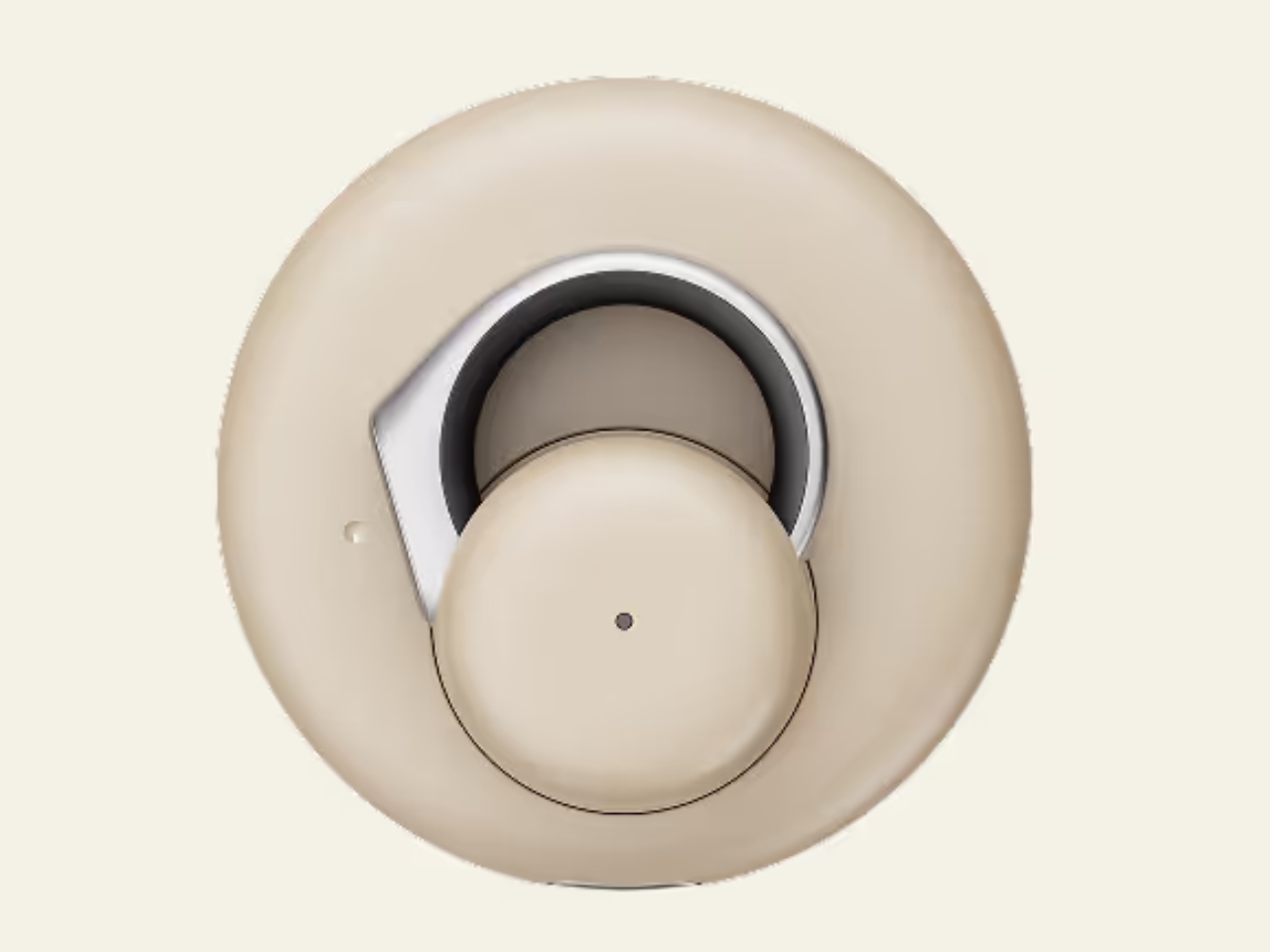
Notably, the Stream Ring includes no health tracking features, setting it apart from fitness-focused rings like the Oura Ring. This omission is intentional: Sandbar designed the device specifically for productivity and voice interaction, not wellness monitoring.
Pricing and Market Position
The Stream Ring is available for preorder now, with the silver version priced at $249 and the gold version at $299. Preorders are refundable and limited in quantity, with shipping scheduled for Summer 2026.
Sandbar offers a subscription service called Stream Pro for $10 per month, which includes unlimited notes and chats plus early access to new features. Preorder customers receive three months of Stream Pro free, and a free tier remains available with unlimited notes but limited chat functionality.
At this price point, the Stream Ring positions itself between basic smart rings and premium wearables. It enters a growing market of AI-powered devices but differentiates itself by focusing on productivity rather than health tracking, discretion over display, and privacy-conscious design. The ring form factor offers complete discretion compared to earbuds or smartwatches, and the touch-to-activate microphone addresses privacy concerns that have slowed adoption of always-listening devices.
How It Compares to Other Smart Rings
The Stream Ring enters a market where most wearables focus on health tracking or general AI assistance. Oura Ring and Ultrahuman Ring prioritize sleep tracking, heart rate monitoring, and fitness metrics. Amazon’s Echo Loop (now discontinued) offered Alexa voice control, while the Friend pendant positions itself as an always-listening AI companion.

Sandbar differentiates itself by focusing exclusively on productivity and privacy. The touch-to-activate microphone addresses privacy concerns that plagued always-listening devices, and the lack of health sensors keeps the device focused on its core purpose: capturing and organizing thoughts. For users who want a fitness tracker, the Stream Ring isn’t a replacement for dedicated health wearables. For those frustrated by pulling out their phone to jot down ideas, it offers a different solution than existing options.
Potential Limitations
Several aspects of the Stream Ring remain unverified until independent reviews appear. Battery life is rated for all-day use according to Sandbar, but real-world performance across different usage patterns won’t be confirmed until the device ships. The company currently supports only iOS, with no confirmed timeline for Android compatibility, potentially limiting early adoption among Android users.

Ultrahuman Home continuously monitors formaldehyde levels in your living space and sends timely nudges when the levels cross the recommended threshold.
The absence of health tracking may disappoint users who expect multi-function wearables. Privacy claims depend on trust in Sandbar’s encryption and data handling practices, though the company has not yet published detailed information about data export options or third-party audits of its security implementation. The ring’s splash-proof rating excludes swimming and showering, limiting its use compared to fully waterproof wearables.
Accessibility considerations remain unclear from the initial announcement. The tactile feedback when recording begins could benefit users with hearing differences, and the touch interface may work for some users with dexterity limitations, but specific accessibility features have not been detailed.
From Neural Interfaces to Voice Rings
“I wanted to capture my thoughts while walking without pulling out my phone or speaking loudly into my AirPods,” Mina Fahmi, Sandbar’s CEO, told reporters at the announcement. The frustration with existing solutions for capturing thoughts on the go drove the development of the Stream Ring.
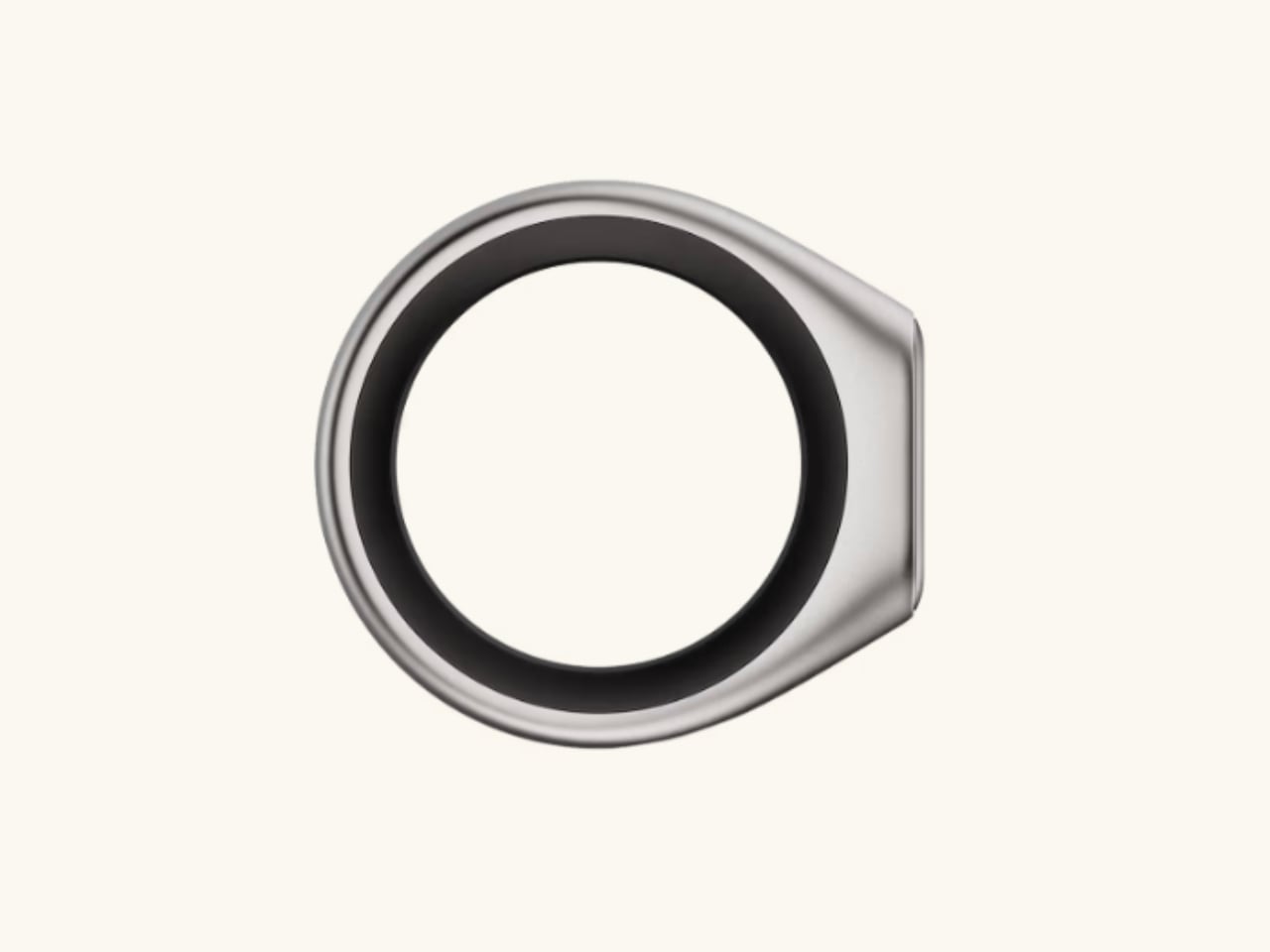
That philosophy reflects a broader trend in interface design: making technology invisible while keeping it accessible. Rather than positioning the Stream Ring as an AI companion or digital assistant, Sandbar frames it as a “self-extension,” a tool that augments your capabilities without imposing a separate personality or interaction style. The distinction matters because it shapes expectations about how you interact with the device.
Whether this philosophy resonates with consumers will become clearer when the first units ship next summer. For now, the Stream Ring represents one company’s bet that people want discrete voice capture more than they want another fitness tracker on their finger.
The post This Smart Ring Captures Your Thoughts With a Touch first appeared on Yanko Design.

